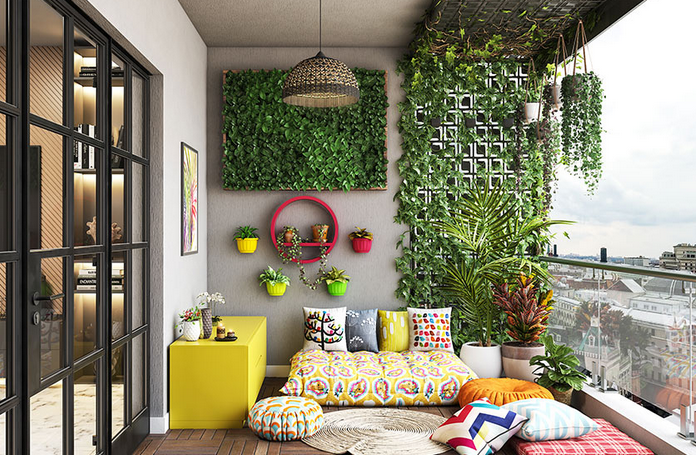Architectural visualization is a powerful tool that allows architects, designers, and clients to conceptualize and communicate architectural designs, from initial sketches to the realization of built spaces. It encompasses a range of techniques and technologies that enable the visualization of architectural concepts, conveying the vision and intent of a project from its early stages to the final built form. The process of architectural visualization involves several stages, each contributing to the transformation of a concept from a mere sketch to a tangible reality.
Sketching and Conceptualization: The creative process often begins with hand-drawn sketches and conceptual drawings that capture the initial vision of an architectural project. These sketches serve as a starting point, allowing architects to explore ideas, refine concepts, and communicate early design intentions.
Digital Modeling and Rendering: As the design progresses, architects and designers often transition to digital modeling and rendering software to develop more detailed and realistic visualizations. Three-dimensional (3D) modeling enables the creation of accurate representations of architectural spaces, providing a virtual preview of the building’s form, spatial organization, and materiality.
Visualization Software and Virtual Reality: Visualization software, including advanced rendering engines and virtual reality (VR) applications, plays a pivotal role in bringing architectural designs to life. High-quality renderings and immersive VR experiences allow stakeholders to step inside a digital representation of the building, gaining a comprehensive understanding of its scale, proportions, and spatial qualities.
Animation and Walkthroughs: Animation and walkthroughs provide dynamic visualizations that illustrate how a building design unfolds over time and space. These techniques enable the exploration of interior and exterior spaces, showcasing the flow of movement and the interaction between users and the built environment.
Presentation and Communication: Architectural visualization serves as a powerful communication tool, allowing architects to effectively convey their design concepts to clients, collaborators, and the public. Compelling visualizations facilitate discussions, foster informed decision-making, and generate enthusiasm for the proposed architectural project.
Pre-Construction Visualization: Prior to construction, visualizations can serve as a valuable aid in securing approvals, attracting investors, and marketing the project. Accurate representations of the final design help stakeholders envision the completed building, leading to confident investment and support for the project.
Post-Construction Visualization: Even after construction is complete, architectural visualization continues to play a role in showcasing the realized project. Photography, videography, and immersive VR experiences capture the final built form, enabling architects and designers to document their work and share the completed project with a wider audience.
In conclusion, architectural visualization represents the transformative journey of an architectural concept from initial sketches to the realization of built spaces. Through the use of traditional sketching, digital modeling, rendering software, VR technology, and post-construction documentation, architectural visualization acts as a medium for conveying the vision, narrative, and experiential qualities of architectural designs, bridging the gap between concept and reality.
